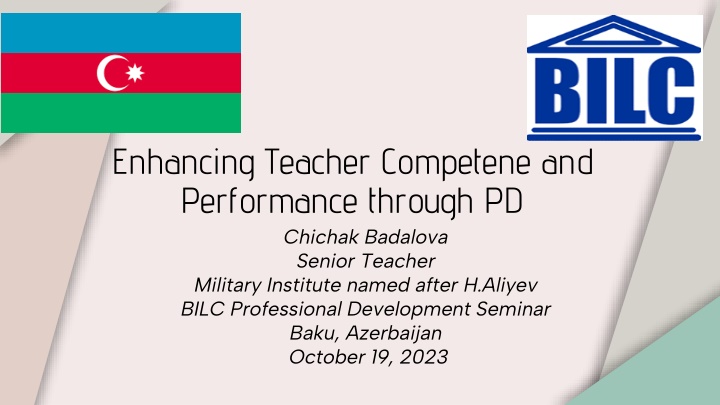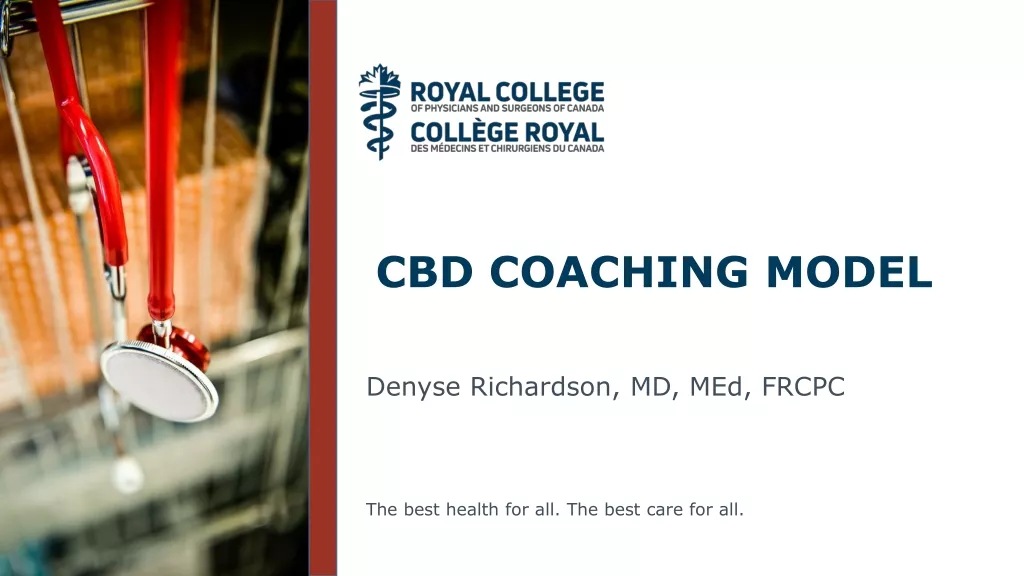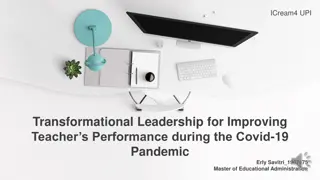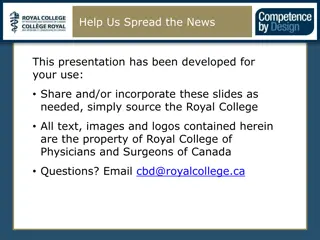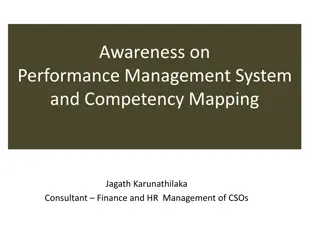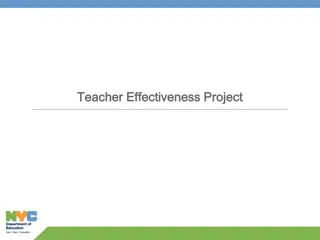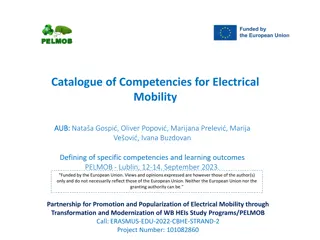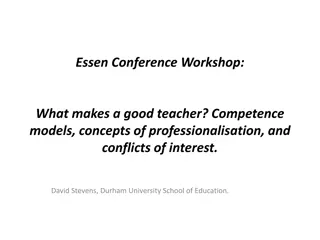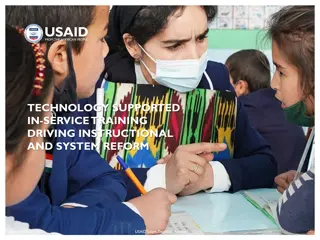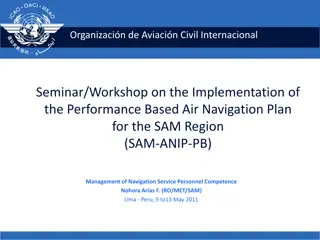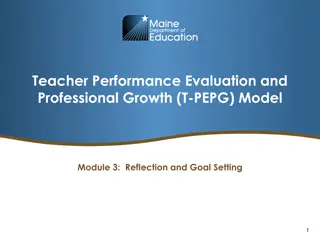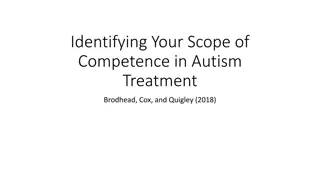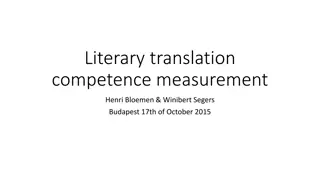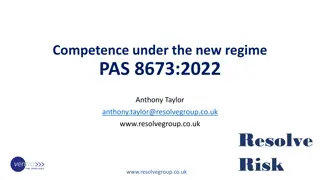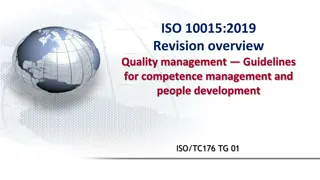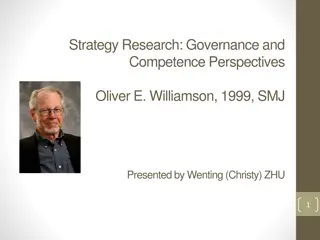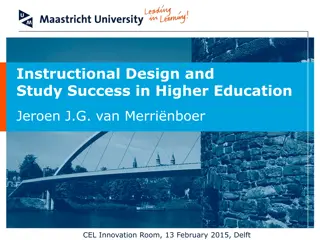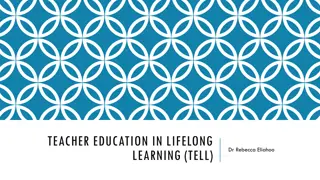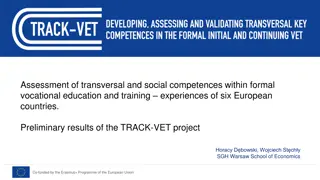Enhancing Teacher Competence and Performance through Professional Development
The quality of teacher professional development, teacher policy alignment, and the importance of teacher quality in the education system. Explore the essential qualities and skills of 21st-century teachers, focusing on teacher policy, reflective thinking, collegial learning, and more. Discover the significance of teacher professional development in fostering teacher growth and enhancing teaching practices.
Download Presentation

Please find below an Image/Link to download the presentation.
The content on the website is provided AS IS for your information and personal use only. It may not be sold, licensed, or shared on other websites without obtaining consent from the author.If you encounter any issues during the download, it is possible that the publisher has removed the file from their server.
You are allowed to download the files provided on this website for personal or commercial use, subject to the condition that they are used lawfully. All files are the property of their respective owners.
The content on the website is provided AS IS for your information and personal use only. It may not be sold, licensed, or shared on other websites without obtaining consent from the author.
E N D
Presentation Transcript
Enhancing Teacher Competene and Performance through PD Chichak Badalova Senior Teacher Military Institute named after H.Aliyev BILC Professional Development Seminar Baku, Azerbaijan October 19, 2023
Teacher policy The quality of teacher professional development is strictly influenced processes (Saber,2012). policy and aligning it with the national education policy is a priority. Four concepts should be core objectives of the teacher policy: teacher motivation teacher effectiveness teacher professionalism. Lifelong learning Framework by the policies and Developing teacher
Teacher policy needs to provide: Reflective thinking Professional conversation Collegial learning Research and Innovation
Teacher quality The quality of an education system cannot exceed the quality of its teachers. (McKinsey & Company, 2007) Teacher quality is a school-based predictor and crucial resource in the education system that is tightly intertwined with student learning (Hanushek & Rivkin, 2010) . The ideal teacher is one with the right balance of aptitude and attitude.
Qualities and skills of twenty-first-century teachers: Reflectiveness Commitment to teaching and the development of learning Willingness to share ideas and network with colleagues Keenness to participate in personal learning and development Integrating and reflecting on the theory and practice A rich repertoire of teaching strategies. The strategies should include direct, whole- group teaching, guided discovery group work, and the facilitation of self-study and individual discovery Teachers need to have a deep understanding of how learning happens and be aware of individual students motivations, emotions, needs, and expectations Teachers need to acquire strong skills in technology and optimize the use of digital resources
Professional Development Teacher professional development is a large-scale growth with the long-term goals of urging the teachers to make sense of their position, values, attitudes, and principles and make a reflection on their teaching practices in a collaborative school environment Richard and Farrell (2005) . PD opens a wide range of opportunities for the teaching staff to redefine their new roles, practice, and teaching methods which also improves them professionally and personally Eleonora (2003). Teacher development is the professional growth a teacher achieves as a result of gaining increased experience and examining his or her teaching systematically Farzaneh & Ozkan (2015).
Reasons to engage in TPD The areas that are identified for improvement include: content knowledge in the discipline that they teach pedagogical skills teaching skills to enable them to better engage and motivate their learners keeping their discipline knowledge current staying abreast of the latest changes in the educational landscape through networking cascading knowledge role modeling life-long learning motivating themselves to stay passionate about teaching fulfilling their responsibility of being professional.
Characteristics of high quality PD Content-focused Extended Part of daily work Collaborative Teacher-driven Reflective Coherent and integrated Inquiry-based Ongoing Self-evaluation
Models of Teacher Professional Development Mentoring a form of coaching that tends to be short-term and provides feedback, support, problem-solving guidance, observation etc. Content-Based Collaborative Inquiry creates deeper understandings of how their students think about and understand particular subjects Cognitively-guided Instruction Lesson study develops instructional materials that address students learning needs a multi-step process in which teachers work together to create, study, and improve their lessons pursuing problem-based inquiries that seek to identify problems of practice and understand them Action Research an ongoing and long-term PD process by which the colleague becomes a critical listener, observer. Coaching
Networked professional learning communities Collaboration and active participation A shared goal and focus on a concrete outcome Reflective dialogue Collective focus on student learning Trust Individual prior knowledge and motivation (professional boundaries)
Novice teachers Courses/workshops (e.g. on subject matter or methods and/or other education-related topics). Participation in a network of teachers formed specifically for the professional development of teachers. Reading professional literature (e.g. journals, evidence-based papers, thesis papers). Engaging in informal dialogue with their colleagues on how to improve their teaching. Experienced teachers Mentoring and/or peer observation and coaching, Reading professional literature (e.g. journals, evidence-based papers, thesis papers). Educational conferences or seminars (where teachers and/or researchers present their research results and discuss educational problems). Observation visits to other schools/institutes.
Teacher satisfaction with the PLC process Changes in knowledge, skills, attitude and behavior Application of knowledge and skills
TPD and leadership Instructional leadership Focuses on developing teaching and learning, higher PD plans, more involvement in teaching observations, innovation, higher levels of mutual respect, communication, and greater job satisfaction. Capacity-building school-based and mandatory programs should also consider the duration, teacher selection, and proportional allocation of PD events Bottom-up approach Advocacy and Collaboration A backward mapping approach in which analysis of needs, expectations, and resources are initially taken into consideration during the implementation process. This involves empowering teachers to participate in decision-making processes An environment where employees can work together productively and efficiently to achieve common objectives. It involves cascading knowledge
Tensions and dilemmas in teacher PD 1. ndividual versus organizational needs: a balance can be achieved. When these are not in sync, tensions or dilemmas arise. 2. Responsibility to stay current versus being there for student learning. What is the balance to achieve between disruption to students learning and teachers professional development? 3. Compulsory versus voluntary professional development There are views that TPD should be made compulsory so that teachers stay current and relevant to their profession. Others prefer voluntary PD to take ownership and pace of the learning process.
Barriers to implementation of effective PD Motivation Beliefs The structure and teachers time The content of PD School factors Costs
Suggestions to improve TPD coherence and alignment between the teacher policies and desired teaching and learning outcomes the merit-based teacher salary and incentives to make more effective and ongoing PD and increase results of student learning. the development of a career ladder system to create a competitive environment to increase both the learning and teaching process. Increased networking ongoing professional development of the managerial staff Advocacy campaigns
References Coffield, F. (2012). Why the McKinsey reports will not improve school systems. Journal of Education Policy, 27(1), 131-149. Darling-Hammond, L. (2000). How teacher education matters. Journal of teacher education, 51(3), 166-173. Golob, H. M. (2012). The impact of teacher's professional development on the results of pupils at a national assessment of knowledge. Procedia-Social and Behavioral Sciences, 47, 1648-1654. Hanushek EA, Rivkin SG. Teacher quality. Handbook of the Economics of Education. 2006 Jan 1; 2:1051-78. Harris, D. N., & Sass, T. R. (2011). Teacher training, teacher quality, and student achievement. Journal of public economics, 95(7-8), 798-812. Kennedy, Mary. "Form and Substance in Inservice Teacher Education. Research Monograph." (1998). Levin, B. B., & Rock, T. C. (2003). The effects of collaborative action research on preservice and experienced teacher partners in professional development schools. Journal of Teacher Education, 54(2), 135-149. Mahmoudi, F., & zkan, Y. (2015). Exploring experienced and novice teachers perceptions about professional development activities. Procedia-Social and Behavioral Sciences, 199, 57-64. Joo, L. K. (2017). Singapore Teachers: SABER Country Report 2015.
